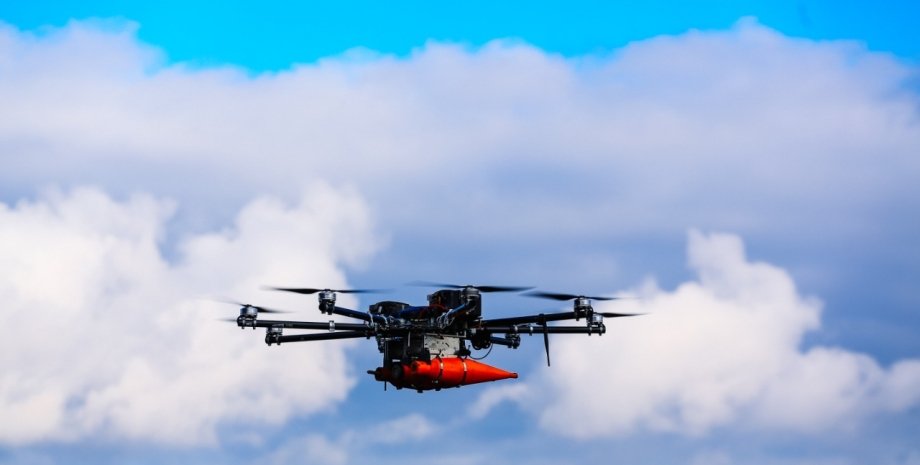
Drones have long been used by military people of different countries, including in Iraq and Nagorno -Karabakh, but it is in Ukraine that technologies have become unprecedented. Both Ukrainian and Russian troops use UAVs massively to reconnaissance, adjust fire and direct stroke. There are small commercial quadcopters in the arsenal of fighting countries and large enough aircraft.
"The size and scale of use of drones in Ukraine exceed all previous conflicts," Samuel Bendett, a researcher of unmanned military systems and analyst of the American research organization "Center for Naval Analysis" (CNA) said. He added that commercial models of drones became especially popular in Ukraine. The war in Ukraine has shown how small tactical devices needed every unit at the level of their mouths and platoons.
Because civilian UAVs are often knocked down, they have become consumables and are needed by the military in huge quantities. The drones became a key weapon from the first days of the Russian invasion, when the Armed Forces used the Turkish Bayraktar to assign the punches on the occupiers that came to Kyiv. Both sides got sighted ammunition - UAVs filled with explosives that explode during a collision with a target.
According to Loren Kan, a researcher of the Council of International Relations, during the war in Ukraine most such technologies "mature", becoming cheaper and more accessible. Availability becomes not only an advantage but also a threat. Because it is easier for the military to make or get drones, they are more likely to experiment and not save them. This is a problem for the defending party, because drones are cheaper than means of destroying them, and invent new creative ways to bypass defense.
"I think that the best and more efficient ways of counteracting drones will be the next phase and the next direction of technology development. It is necessary to find a more economically feasible solution that corresponds to the cheap offensive equipment," Lauren Kan suggested. Ukraine has become a test landfill for drones. The United States handed over to the Ukrainians various weapons, from machine guns to air defense complexes.
According to Samuel Bendett, radio electronic fighting systems play a major role in this case - both sides say that in some parts of the front, commercial drones cannot work because they instantly lose their connection and fail. "The military must adapt. They must adapt to the fact that any side of the fighting is now and in future wars can be equipped with types of drones that we observe in Ukraine,"-summed up the American analyst.
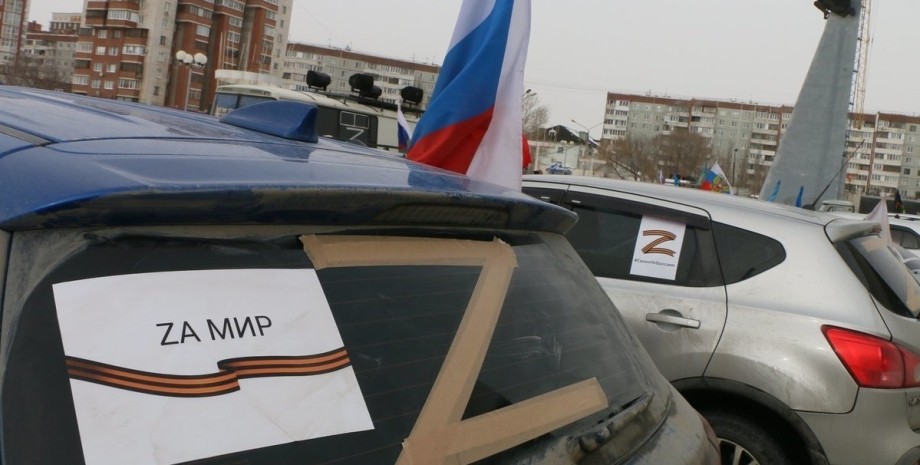

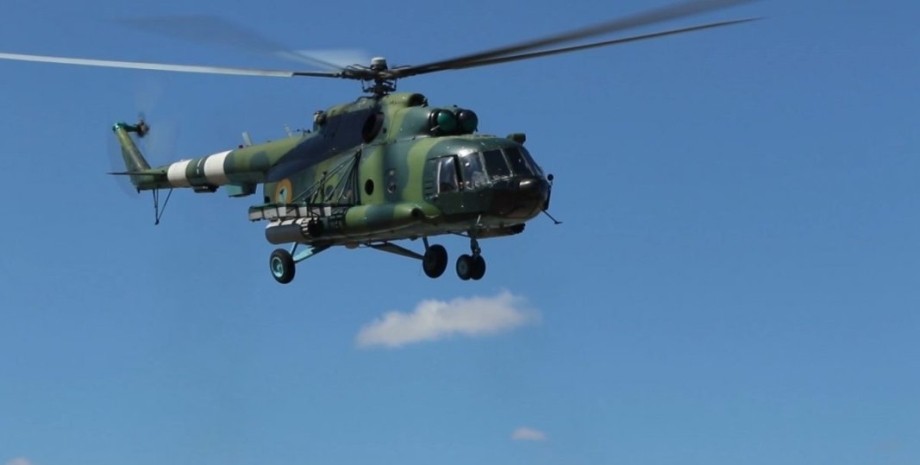


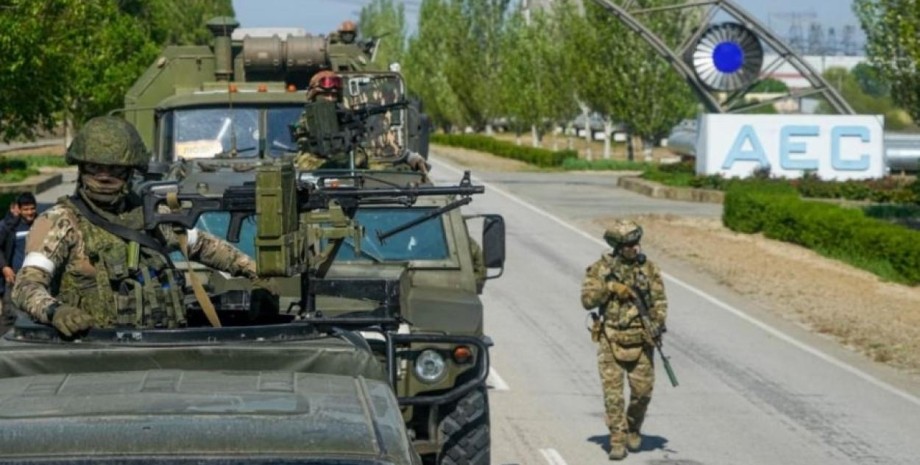


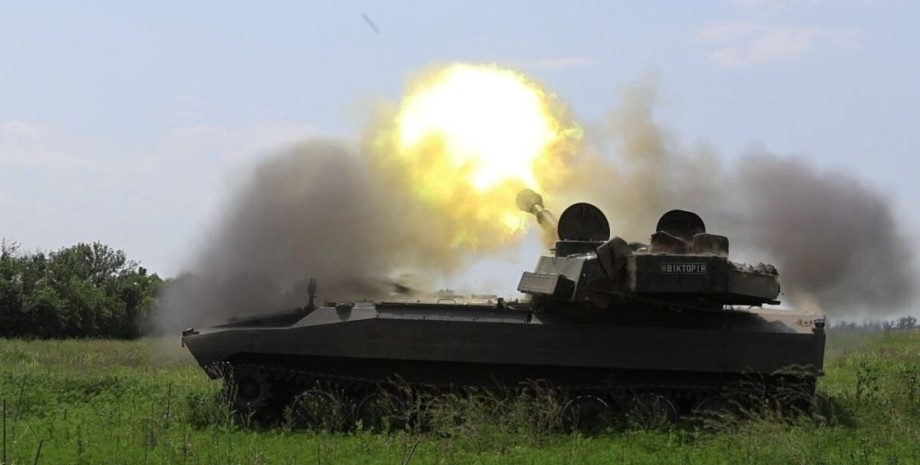











Všetky práva vyhradené IN-Ukraine.info - 2022